
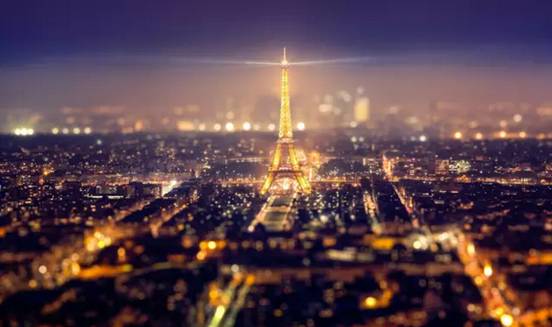
According to China's 24 solar terms, it is early autumn now. Although we still cannot hide from the heat waves in the daytime, we gradually feel the increasingly shorter days and longer nights. When the night falls, lamps are lit up on both sides of the streets. Neon lamps flash in wonderful colours, accompanied with lights coming from each and every family, making the dark and lonely night warm and quiet. Who lit up the brightest star in the night sky? Surely it is Thomas Edison, the greatest inventor, as everyone knows.
Encyclopedia: Achievements of Edison
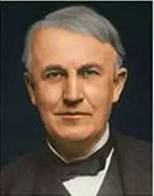
 Profile of Edison
Profile of Edison
Name: Thomas Alva Edison
Occupation: Eminent scientist and inventor of the USA
Date of Birth: February 11, 1847
Place of Birth: Ohio, USA
Achievements: In his life, Edison made more than 2,000 inventions, including printing press, phonograph and telegraph, and held over 1,000 patents. In particular, as one of his greatest inventions, the high-resistance incandescent lamp brought people into a new electro-optics world, and opened a new era in the history of science.
Electric Lamps Invented through Unremitting Efforts
In fact, as early as 1821, British scientist David and Michael Faraday invented the electric arc lamp, but it had dazzling light and a short life. Edison began to research into the electric lamp in 1878, but his experiments failed again and again. Soon his money was run out, and shareholders also lost their confidence in him and this experiment. But with his unwavering faith, Edison tested more than 1,600 materials, and finally succeeded in his experiment on October 21, 1879.
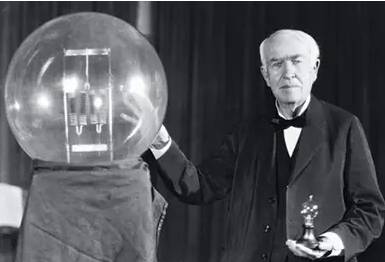
 In that successful experiment, Edison and his team drew the air out of a bulb until the air pressure was only 1% of the barometric pressure, then sealed the bulb, and applied current. Watched by eyes full of expectation, the lamp flashed brightly with golden light. What was really encouraging was that the filament worked for 45 hours continuously with power on before it was burnt out. This is the first lamp with long life but no glaring light in the history. Also because of this, October 21 was set as the "Edison Day" at the Pacific Expo held in Panama in 1915, to commemorate the 36th anniversary of the lamp.
In that successful experiment, Edison and his team drew the air out of a bulb until the air pressure was only 1% of the barometric pressure, then sealed the bulb, and applied current. Watched by eyes full of expectation, the lamp flashed brightly with golden light. What was really encouraging was that the filament worked for 45 hours continuously with power on before it was burnt out. This is the first lamp with long life but no glaring light in the history. Also because of this, October 21 was set as the "Edison Day" at the Pacific Expo held in Panama in 1915, to commemorate the 36th anniversary of the lamp.
Never Stop on the Way
In December 1897, Edison announced that on the New Year's Eve, the invention would be officially put into use in Menlo Park Laboratory, and a show to illuminate the night sky would be held. Beyond people's expectation, only two months later, Edison improved his lamp, with its life extended to 170 hours.
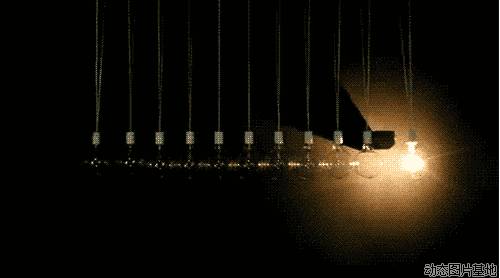
 On the day of the show, Edison had lamps installed along the way from the Laboratory to the station, and lighted them up once the first train had entered the station. You can imagine that unprecedented scene: 40 incandescent lamps were turned on at the same time, lighting up the whole ground with glitter. People getting off the train were surprised because they had never seen such a beautiful scene. It was surprised that these lamps could be switched on/off at any time. Everyone was amazed at this great invention.
On the day of the show, Edison had lamps installed along the way from the Laboratory to the station, and lighted them up once the first train had entered the station. You can imagine that unprecedented scene: 40 incandescent lamps were turned on at the same time, lighting up the whole ground with glitter. People getting off the train were surprised because they had never seen such a beautiful scene. It was surprised that these lamps could be switched on/off at any time. Everyone was amazed at this great invention.
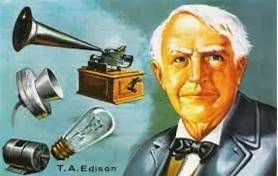
 But Edison said at the party later that night: "Everyone says my invention is a great success, but our research is still in progress. It could not be regarded as a success before the lamp's life reaches 600 hours." All people were shocked again by these words. The spirit of never stopping scientific exploration and striving for perfection won people's admiration.
But Edison said at the party later that night: "Everyone says my invention is a great success, but our research is still in progress. It could not be regarded as a success before the lamp's life reaches 600 hours." All people were shocked again by these words. The spirit of never stopping scientific exploration and striving for perfection won people's admiration.
Light Up the Expo to Light Up the World
From August 15 to November 15, 1881, the first International Electrical Exhibition was held at the Palais de l'Industrie on the Avenue des Champs-Elysees in Paris. The Exhibition aimed at showing the progress of the electric technology since the small electric power exhibition in Paris World Expo in 1878. The Exhibition caused a great sensation. People were fortunate enough to get a glimpse of the electric motor invented by ZénobeGramme, théâtrophone and tramcar by Werner von Siemens, telephone by Alexander Graham Bell, and electric boat by GustaveTrouvé at the same time. Edison also attended the Exhibition with his incandescent lamp. He and his team planned to promote lamp and electric power to the Europe, a continent of longer history, with Paris as the center.
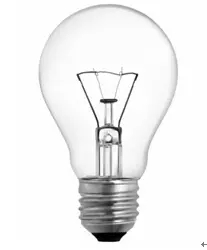
 In order to make the show of his invention at the Exhibition a success, Edison built a 27-ton power generator that could provide power for 1200 lamps. It was the world's biggest power generator. Visitors from around the world were amazed when they saw the large tower made up of 500 incandescent lamps; even those well-informed people were also deeply fascinated by it.
In order to make the show of his invention at the Exhibition a success, Edison built a 27-ton power generator that could provide power for 1200 lamps. It was the world's biggest power generator. Visitors from around the world were amazed when they saw the large tower made up of 500 incandescent lamps; even those well-informed people were also deeply fascinated by it.
With the Exhibition, what Edison gained was not only the reputation for his lamps, but also some benefits. Edison's patents were successively bought by Germany and France to set up their own electric power companies, and soon similar electric power companies emerged in many countries. The electric lamp lit up every corner of the world gradually.
Edison's Number One Competitor
In 1883, Edison observed some weak electric current passing through the copper wire after the carbon filament was heated in a lamp experiment. Later this phenomenon was named "Edison effect". But following his application for a patent regarding the "Edison effect", Edison did not conducted any further research on it.
In 1884, Nikola Tesla, a Serbian-American inventor, physicist, mechanical engineer and electrical engineer, set foot on the American soil for the first time with a letter of recommendation. Arriving in New York, he began working at the Edison's laboratory, and was later considered an important promoter for the commercialization of electric power. And he is well known for directing the design of modern AC system. After joining Edison's laboratory, Tesla began to conduct simple electrical engineering for Edison, and solved many problems for the company.
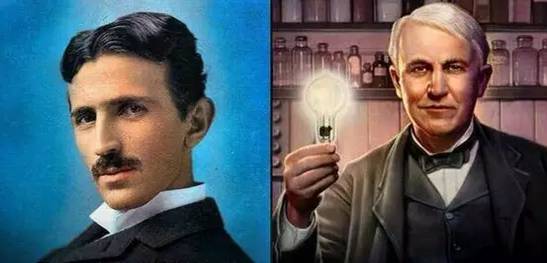
 Tesla and Edison
Tesla and Edison
But Tesla and Edison had different views on alternating current and direct current. Tesla volunteered to redesign the invalid DC generator in Edison's company, and Edison agreed and promised to award him $50,000 if he succeeded. But interestingly, after Tesla succeeded, Edison said it was just an "American joke".
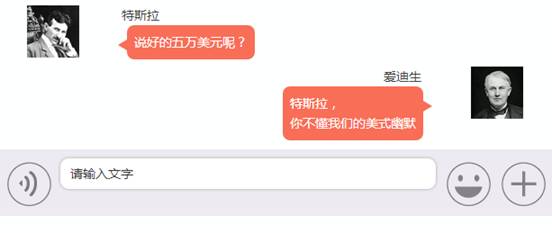
 In 1886, due to his different scientific concepts from Edison, Tesla resigned from Edison's company, and founded his own company, Tesla Electric Light & Manufacturing, to research into the alternating current, while Edison's company relied on the operation of direct current. Therefore, Tesla became the biggest competitor against Edison.
In 1886, due to his different scientific concepts from Edison, Tesla resigned from Edison's company, and founded his own company, Tesla Electric Light & Manufacturing, to research into the alternating current, while Edison's company relied on the operation of direct current. Therefore, Tesla became the biggest competitor against Edison.
When night falls down, would you think of Edison when turning the light on? It was the greatest inventor, who upheld the spirit of striving for excellence in a persistent way in scientific study, and lit up the night, driving the entire scientific civilization of mankind towards a brighter future.